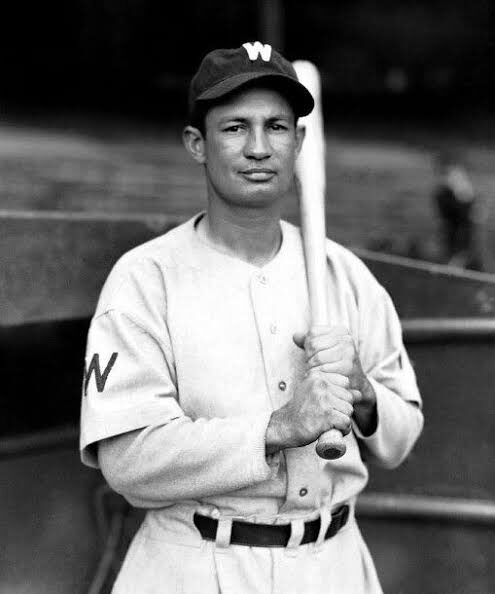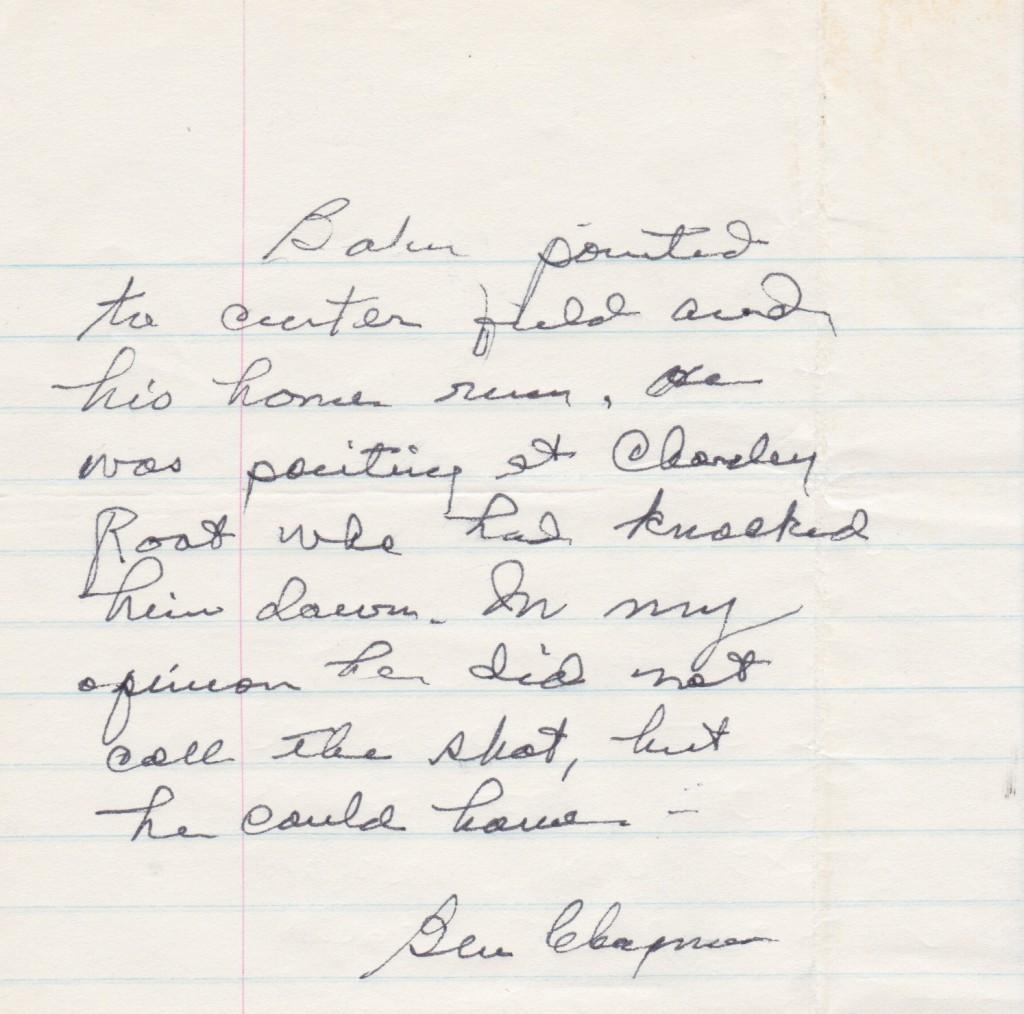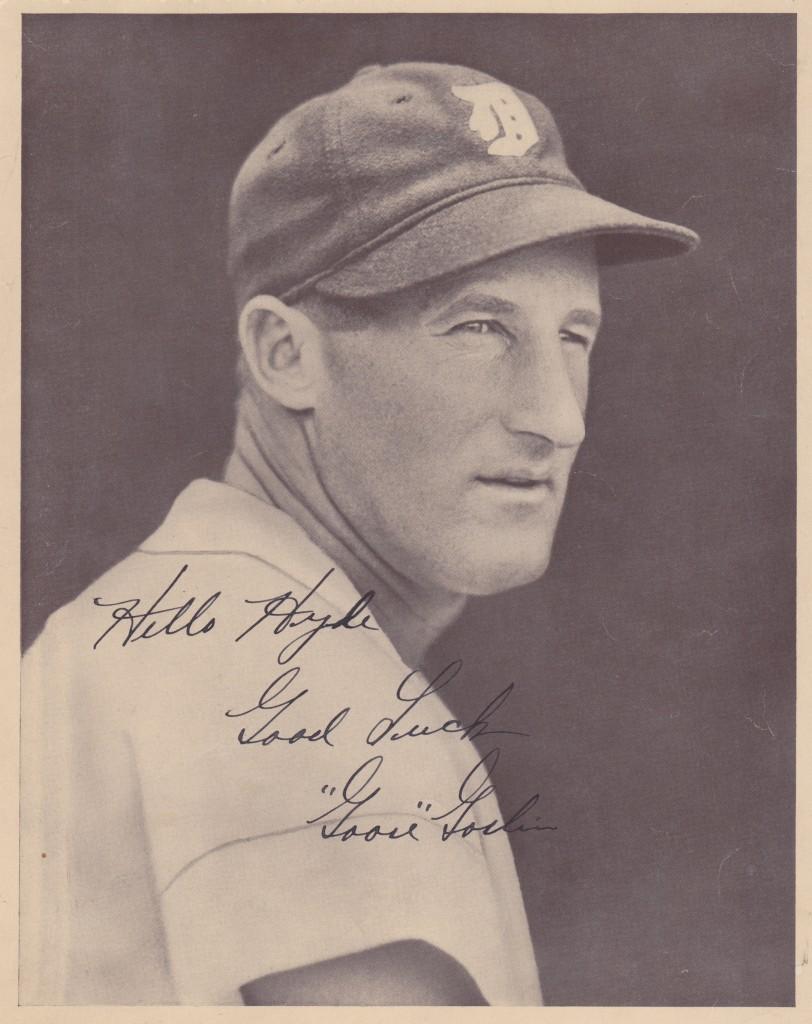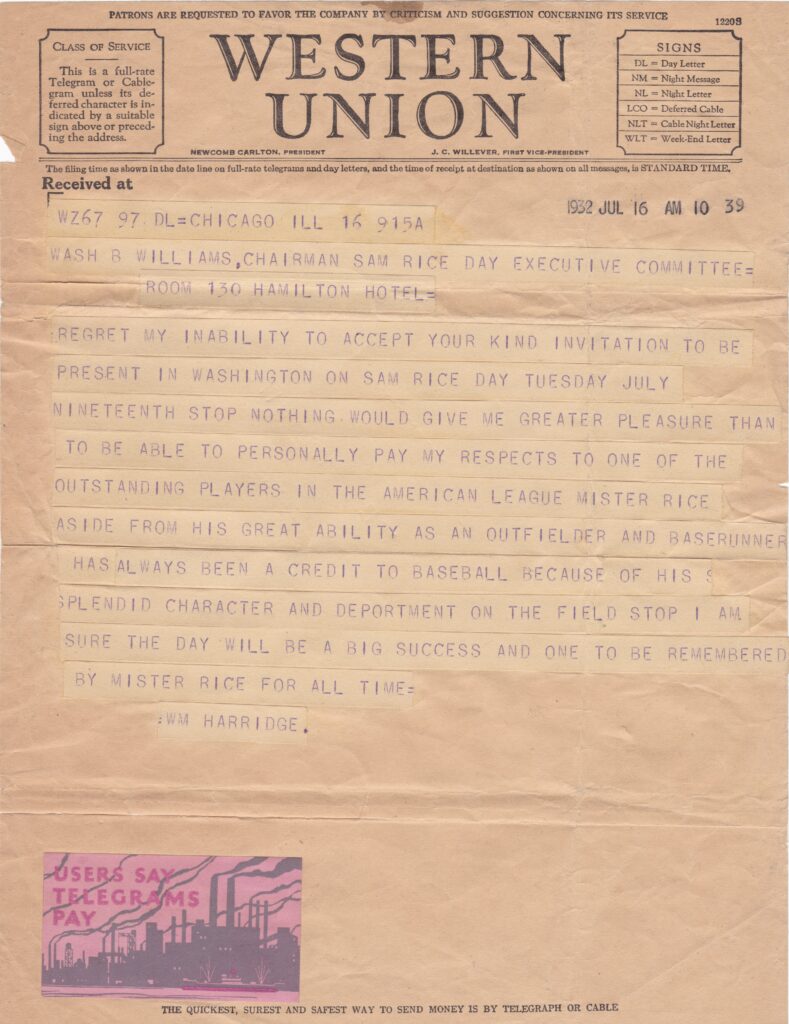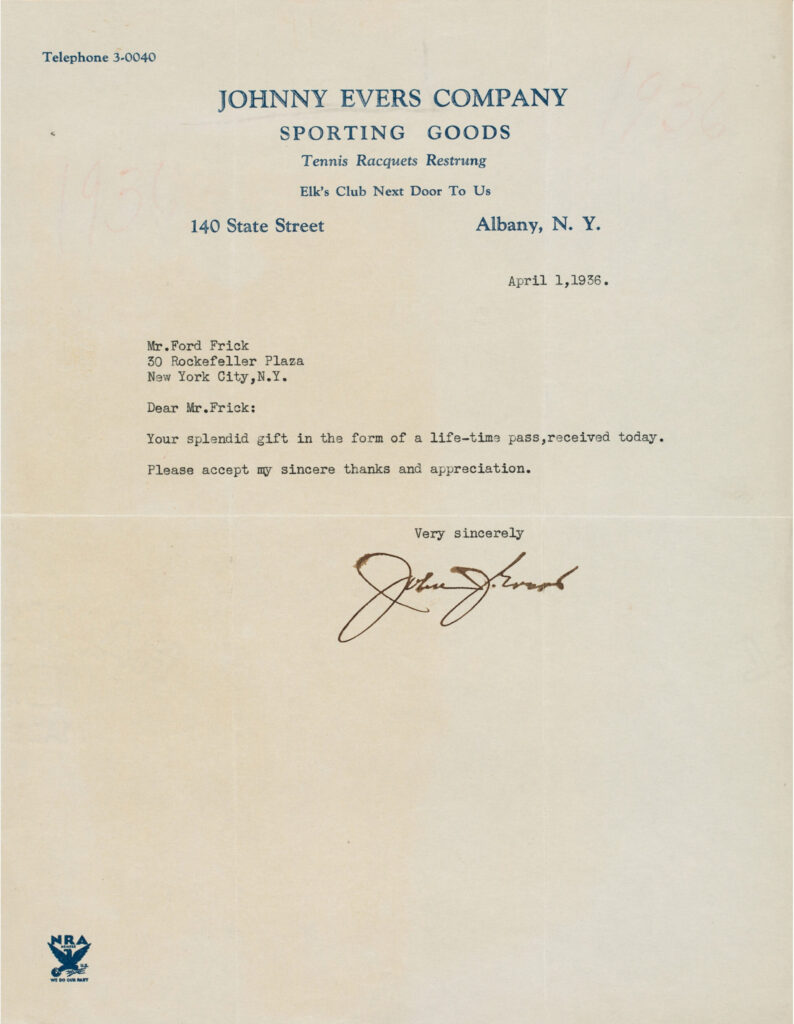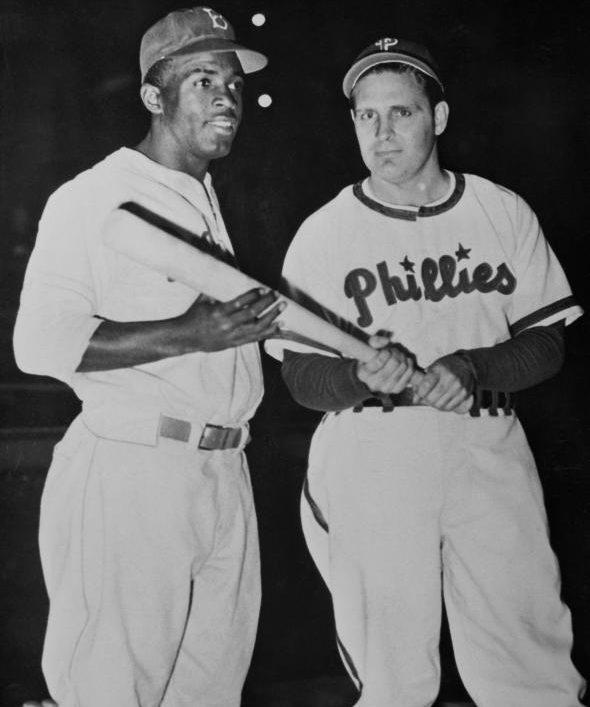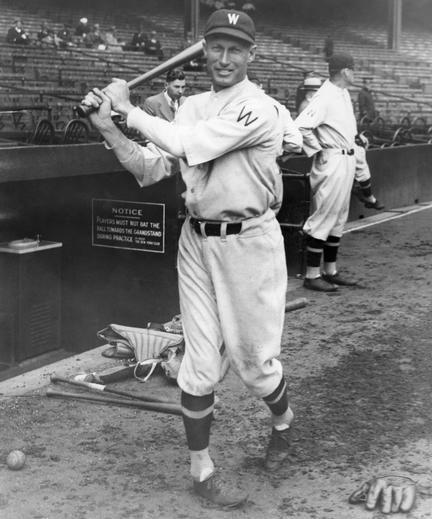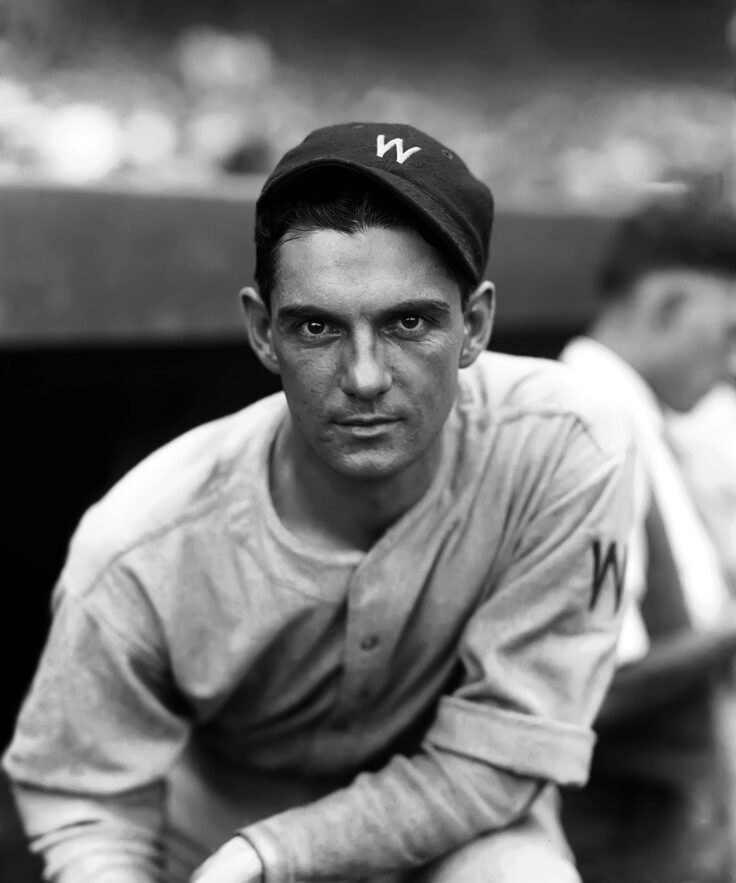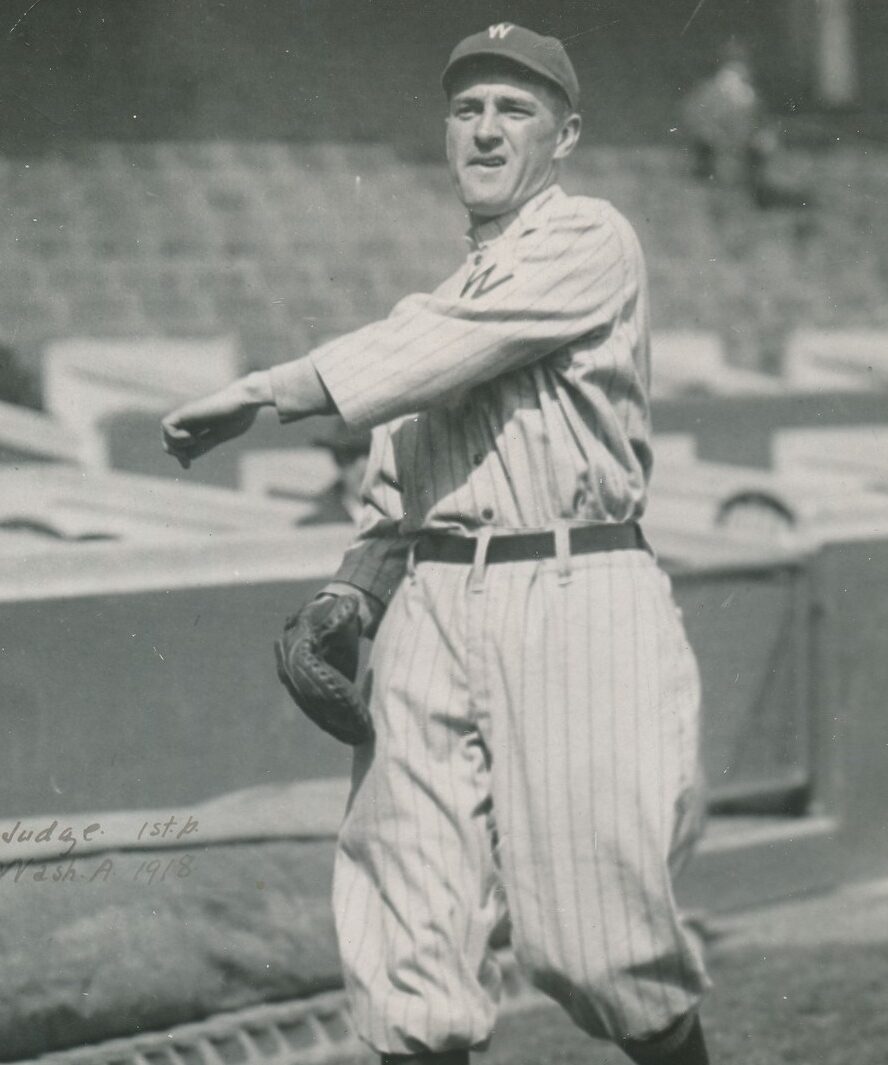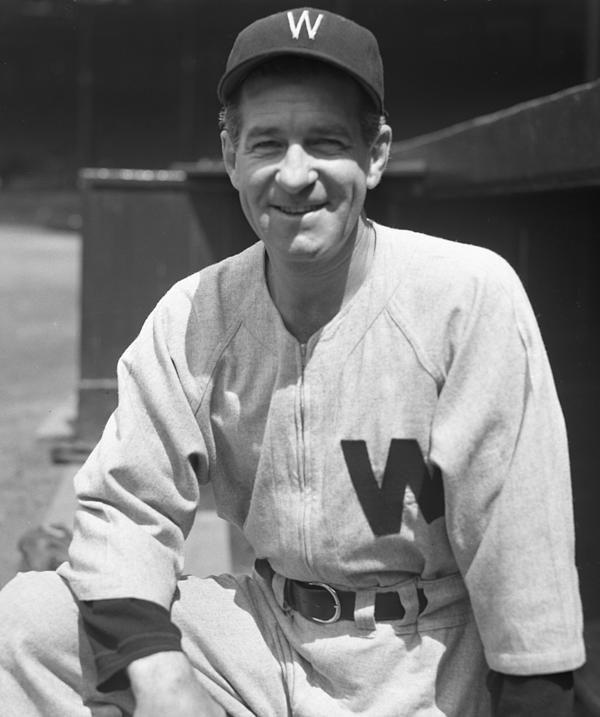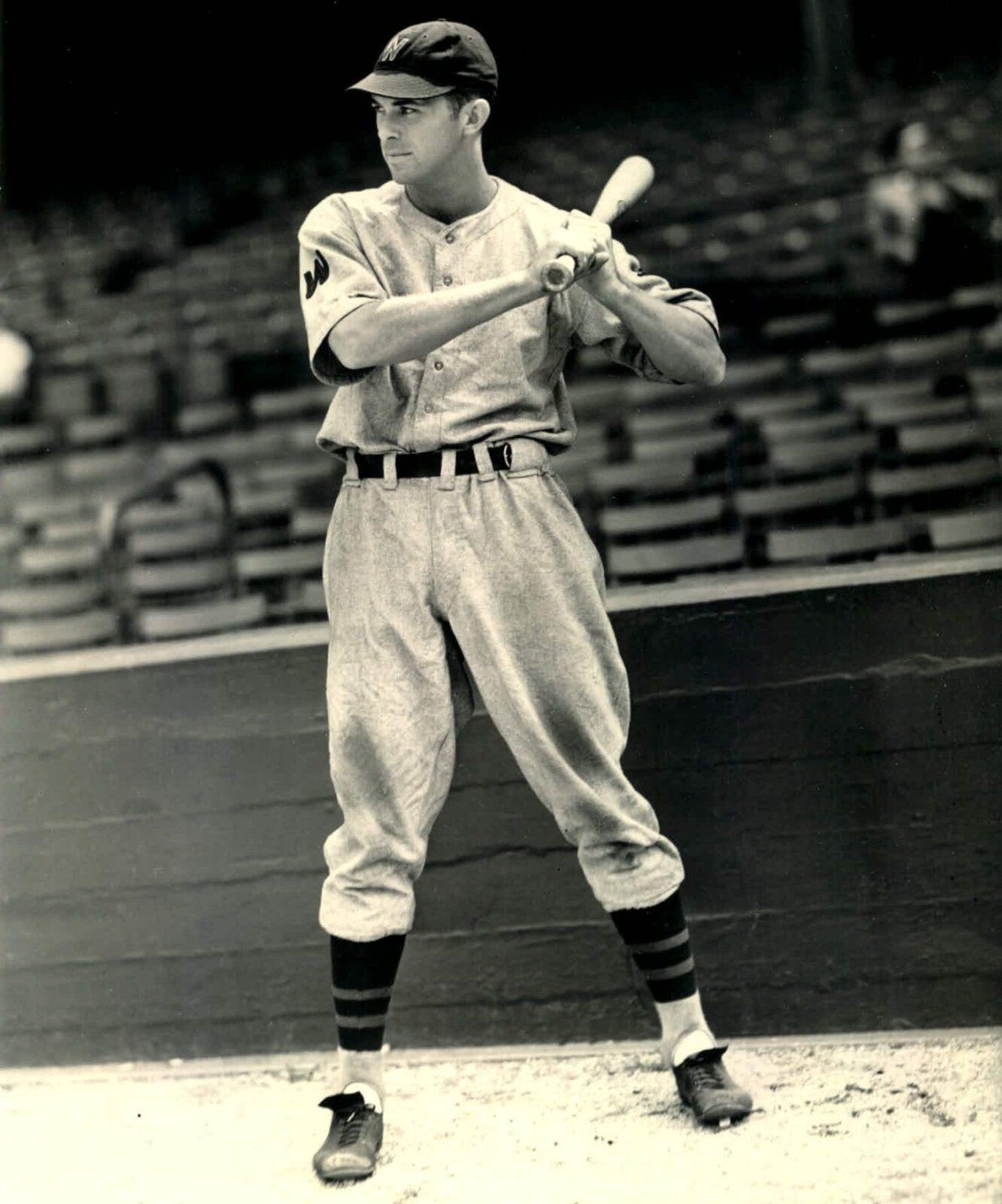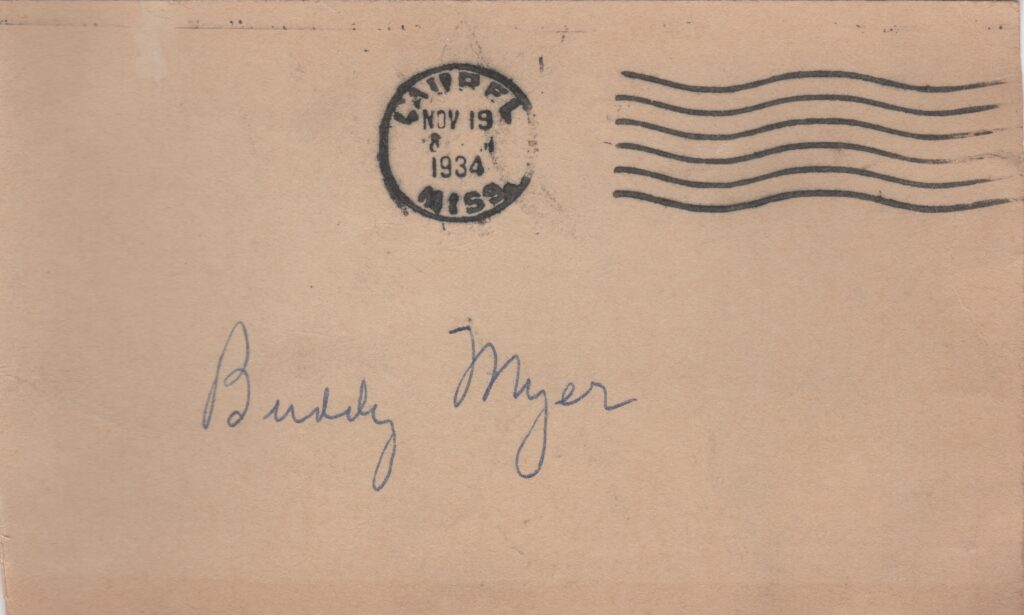
Buddy Myer, born on April 16, 1904, in Meridian, Mississippi, became a standout second baseman in Major League Baseball. From 1925-1941 he played 16 seasons with the Washington Senators and two for the Boston Red Sox. Myer developed a reputation for his exceptional bat-to-ball skills, walking 965 times while striking out in just 428 at bats.
In 1935, Myer won the American League batting title, finishing the season with a remarkable .349 average. Throughout his career, he accumulated 2,135 hits, showcasing his consistency at the plate. His impressive .303 career batting average reflects his skill and determination.
Myer also demonstrated a keen eye for balls and strikes, achieving a .389 on-base percentage. He consistently reached base, allowing him to score 1,174 runs during his time in the league. His ability to get on base contributed significantly to his teams’ successes.
Defensively, Myer proved reliable at second base, earning respect from teammates and opponents alike. His contributions to the game resulted in a career Wins Above Replacement (WAR) of 48.4, illustrating his overall impact.
Myer retired in 1941 after 17 seasons in the majors. He left a lasting legacy as one of the best second basemen of his era or any other. Buddy Myer passed away on December 19, 1974, but his memory endures in baseball history.
Here is Myer’s autograph on a government postcard. Notice the Laurel, Mississippi postmark of November 19, 1934. Myer was born 8 miles northeast in Ellisville. The back of the card shows an Ellisville postmark dated December 7, 1934.
